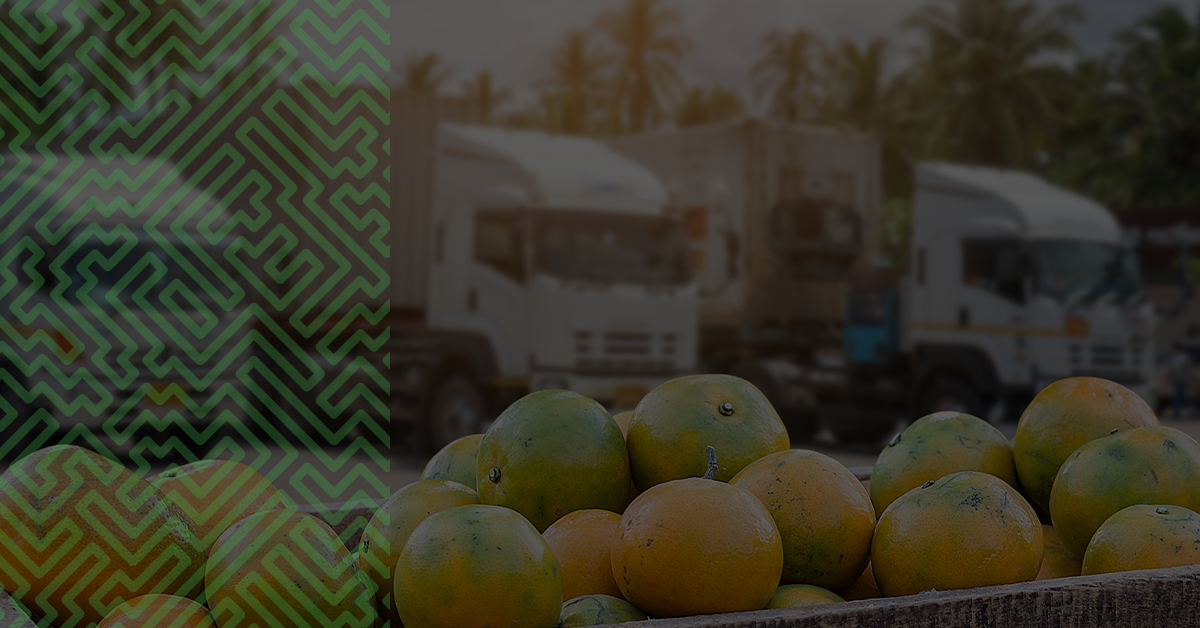Tackle Winter With These Restaurant Solutions
Nothing beats a warm meal indoors at your favorite restaurant. Even with the cold winter season approaching, restaurant dining remains in full action.
Give your customers the ultimate dining experience that’ll be sure to bring them back. From high-quality uniforms and take-out solutions to delicious, easy to prep food items, tackle cold winter months in ways that save you both time and money.
Let’s take a look at solutions you can use to prepare your operation for the upcoming winter season:
Off-premise dining is just as popular as on-premise dining. To keep your to-go orders blooming and your profits increasing this winter season, secure your customers’ takeout with high-quality disposables.
Consolidated Concepts partners with top manufacturers like Dart, Sabert, Huhtamaki, Fabri-Kal, and StrawFish that give you access to savings opportunities on takeout and delivery solutions. Protect food orders with the right packaging that’ll satisfy customers and give your operation a safe, successful winter season.
Making a good first impression to customers is essential when running a restaurant operation. High-quality uniforms will reflect your brand and please your staff while presenting professionalism and cleanliness.
From slip resistant shoes perfect for battling slippery winter days to customizable uniforms from Cintas that keep your staff looking pristine and feeling warm, you’re guaranteed savings on items that your employees wear every shift.
With uniforms built with moisture-wicking Cool Vent™ technology, your staff can overcome the battle of hot and cold from stepping indoor to outdoor while serving customers through our Chef Works Program.
Warm, comfort foods are key to bringing in profits during the winter season. Keep your customers delighted and back-of-house pleased with quality, easy to prep food and beverage items. We’ve partnered with popular brands to bring you cost-effective food and beverage solutions that are sure to boost sales and help you tackle winter.
Did you know that Barilla is the world’s number one pasta? When you add Barilla pasta to your menu, you’re adding quality, variety, and consistency. Imagine the array of dishes you could create with such a versatile food item that can be enjoyed by everyone, even those with special dietary needs. From protein packed pasta to gluten-free, the options are endless this winter for the perfect, warm, pasta dish.
Another winter staple is a good ol’ bowl of soup. Increase your profits and reduce labor when incorporating Campbell’s soups to your menus! Delight your guests with speed-scratch solutions guaranteed to give them that fresh, homemade taste they’re longing for. Offer soup as a stand-alone or a side to entrees and watch guests line up for this crowd-favorite.
Don’t forget the potatoes! Offer hearty mashed potatoes your guests will love, all while keeping your prep time down, and bottom-line in mind. With Idahoan® Real Mashed Potatoes, you can create signature dishes that’ll thrill both your staff and customers.
That’s not all. There’s nothing better than ending the night with a warm cup of hot cocoa or a rich cup of coffee. Treat your customers and add brands like Folgers 1850® Coffee and Swiss Miss Hot Cocoa to your beverage menus!
Creating a clean and safe environment for guests is key to keeping your restaurant profitable during the upcoming winter months. As a restaurant operator, the last thing you’d want to do is expose your staff and guests to an unsanitary facility, especially during cold & flu season. As a Consolidated Concepts member, you receive exclusive discounts and savings on sanitation products like the Dixie Ultra™ Surface System and Tork® Skincare solutions.
Did you know that cloth towels in the open-bucket environment can lose proper sanitizing strength within 30 minutes? The Dixie Ultra™ Surface System changes everything. Welcome to a new era of surface sanitizing!
Tork® offers a complete line of products designed to meet all your skincare needs for both front and back of house. Whether you prefer foam or liquid soaps and sanitizers, or manual or automatic dispensers, Tork® has the right solution to keep your operation clean and healthy.
Maintenance around the restaurant with hard-to-find items can cause a strain in operations. HD Supply can prepare you for the cooler months with essential items to create a memorable customer experience. Another benefit you get access to is our partnership with Grainger. Take advantage of programs with competitive pricing and savings on all you need to maintain your operation.
Don’t waste any more time, prepare your restaurant today and ensure you’re on the road to tackle a winter season.
Our savings solutions here at Consolidated Concepts are guaranteed to bring your restaurant a clean, healthy, and profitable winter season!
With access to high-quality products and easy to prep menu items, you’ll be able to tackle the winter season while satisfying all your customer and staff needs!
Contact us today!































